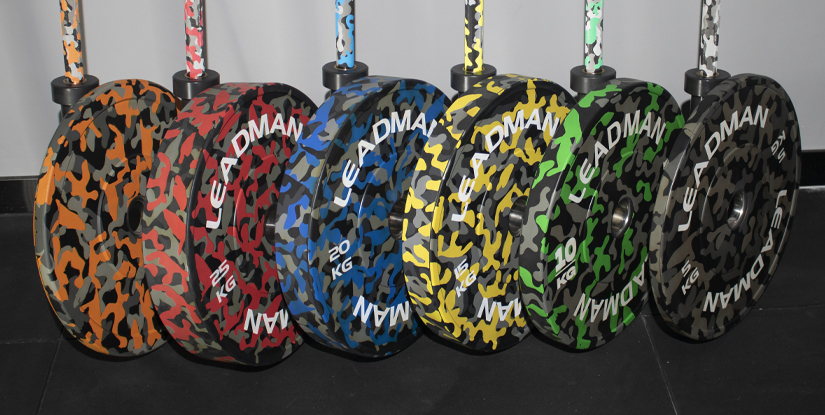Seated Lat Pull Down: Technique, Benefits & Programming

Seated Lat Pull Down: Overview
The seated lat pull down is a staple cable-based exercise for developing the latissimus dorsi and upper-back musculature. Performed on a lat pulldown machine or functional trainer with a high pulley, it offers controlled resistance, ergonomic positioning, and variable grip options to target the back effectively while reducing spinal loading compared with standing pull variations.
Primary Muscles Targeted
- Latissimus dorsi (primary)
- Teres major and minor
- Rhomboids and middle trapezius
- Biceps brachii and brachialis (secondary)
- Posterior deltoids and forearms (stabilizers)
Setup and Proper Positioning
Start seated with thighs secured under the pads, feet flat on the floor. Adjust the knee pad until your legs are snug but not pinched. Select an appropriate grip—wide bar for broader lat emphasis, close or neutral grip for lower lats and increased biceps involvement.
Maintain a tall spine and a natural lumbar curve. Retract the shoulder blades before initiating the pull to engage the scapular retractors and reduce reliance on the arms alone.
Technique: Step-by-Step
- Grip the bar with the chosen hand position and lean back slightly (about 10–15 degrees) from the hips.
- Initiate the concentric phase by driving the elbows down and back while pulling the bar toward the upper chest or clavicular line.
- Avoid using momentum; the movement should originate from scapular depression and retraction rather than excessive torso swing.
- Pause briefly at full contraction with the shoulder blades fully retracted.
- Lower the bar under control to full arm extension while maintaining scapular control—this ensures constant tension and optimal eccentric loading.
Programming Recommendations
- Strength focus: 4–6 sets of 4–6 reps with heavier load, full recovery (2–3 minutes).
- Hypertrophy focus: 3–4 sets of 8–12 reps with moderate load and controlled tempo.
- Endurance or technique work: 2–3 sets of 12–20 reps with lighter loads and precision form.
- Frequency: 1–3 back-focused sessions per week depending on overall program split and recovery.
Variations and Grip Options
- Wide pronated grip: emphasizes upper and outer lat fibers for a broader V-taper.
- Close neutral grip (V-bar): increases lower lat and biceps recruitment; useful for fuller contraction.
- Underhand (supinated) grip: shifts load to biceps and lower lat insertion—useful for strength carryover to pulling lifts.
- Single-arm cable pulldown: addresses unilateral imbalances and enhances core anti-rotation demand.
Common Errors and Corrections
- Excessive torso lean or swing — reduce momentum and focus on initiating from the scapula.
- Pulling the bar behind the neck — increases shoulder risk; pull to upper chest instead.
- Allowing shoulders to elevate — cue scapular depression prior to the pull.
- Using too much weight — choose a load that preserves full range and control.
Equipment Considerations and Safety
Choose a well-maintained machine with smooth cable movement and secure seat pads. Inspect the bar, cables, and weight stack for wear. For clients with shoulder impingement or history of rotator cuff issues, prefer chest-level pulldowns with neutral grips and monitor pain closely. Employ progressive overload while prioritizing technique to minimize injury risk.
Integration Into Training
The seated lat pull down complements compound pulling movements like barbell rows and pull-ups. Use it as an accessory to increase volume, emphasize strict eccentric control, or as a primary movement when pull-up progressions are not yet feasible. Combine with horizontal pulls and posterior chain work for balanced back development.
FAQs
- What is the main benefit? — Efficient lat development with controlled load and minimal spinal stress.
- How often should I do it? — 1–3 times weekly depending on program and recovery.
- Wide or close grip better? — Wide for overall width; close for lower lats and biceps access.
- Bar to chest or behind neck? — To the chest; behind the neck increases shoulder risk.
- Can beginners use it? — Yes; it's beginner-friendly when coached on form.
- Supinated grip advantages? — Increases biceps involvement and lower-lat emphasis.
- How to progress? — Increase load, add reps, improve time under tension, or use unilateral variations.
- Common pain signals? — Sharp shoulder pain or clicking—stop and reassess form or consult a clinician.
- Machine vs. free weight pull-ups? — Both are valuable; lat pulldown offers controlled progression and volume.

